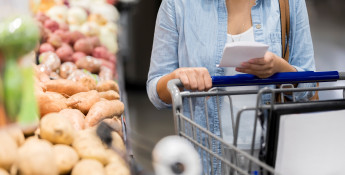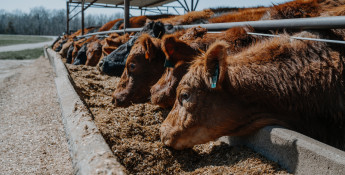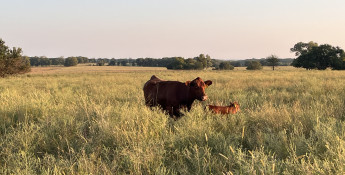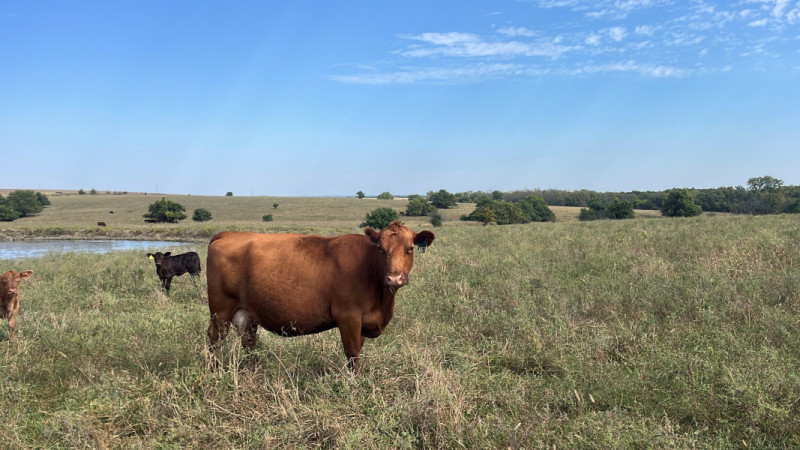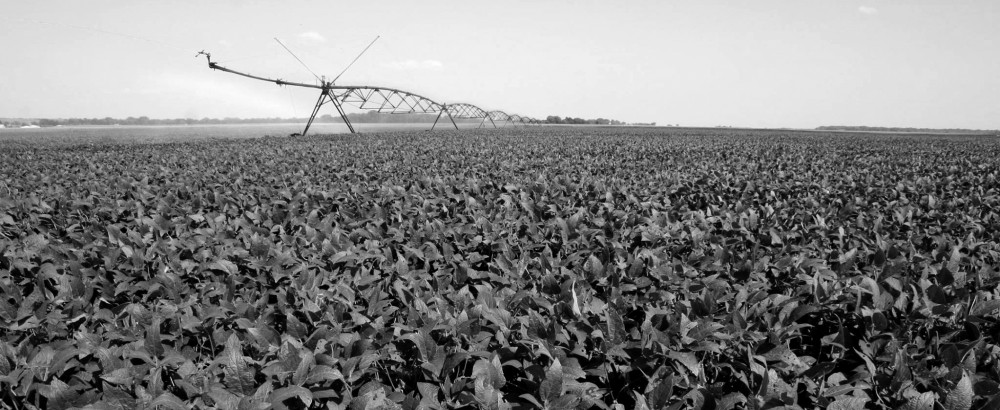By Brandi Buzzard on October 21, 2025
How Virtual Fencing Is Used in Cattle Management
No Fences and No Stress
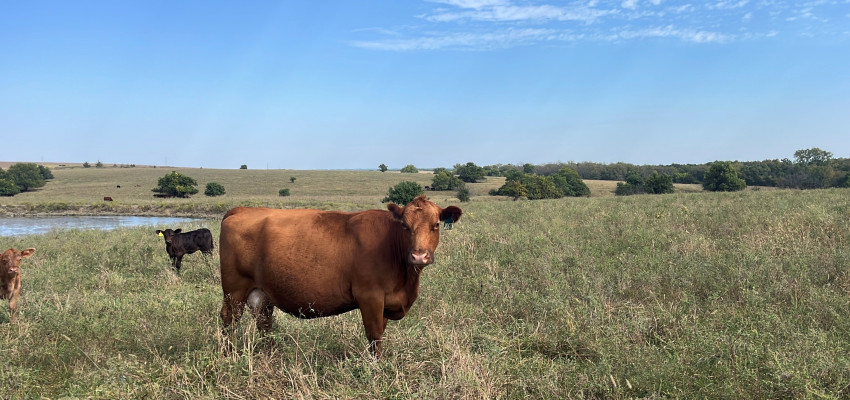
Over the last century, cattle farmers and ranchers have greatly benefited from the intersection of technological developments and scientific data. Artificial insemination, expected progeny differences (EPDs), embryo transfer, vaccines, multi-faceted antibiotics — all these processes have improved the efficiency, productivity and quality of life for our cattle herds.
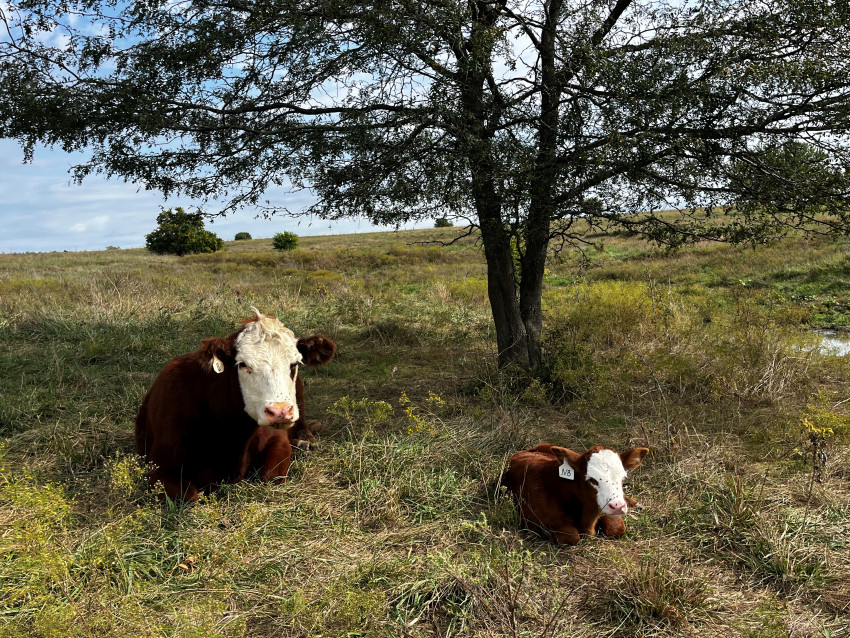 Every time a new tool or technology is released, I like to learn as much as I can about it for a couple of reasons. First, I want to see if it could make our operation better or more profitable in some way. Margins are generally tight, so finding an edge can mean a big boost. Secondly, I am often speaking with other cattlewomen and men at industry events or online and I like to be informed and knowledgeable about current events in our industry.
Every time a new tool or technology is released, I like to learn as much as I can about it for a couple of reasons. First, I want to see if it could make our operation better or more profitable in some way. Margins are generally tight, so finding an edge can mean a big boost. Secondly, I am often speaking with other cattlewomen and men at industry events or online and I like to be informed and knowledgeable about current events in our industry.
Most recently, one of the coolest systems and practices I’ve been researching is virtual fencing. For cows. Yes, the same kind of virtual fencing and collar program used with dogs.
For many years we had a virtual fence and collar for our dog, Rooster, and it worked fabulously. The system is very similar for cattle; they wear a solar-powered collar that keeps them confined to — or restricted from — certain areas of a pasture. The “fencing” perimeter is set on the user’s phone and the system connects to the collars.
This technology allows producers to keep cattle out of areas in which cattle grazing would cause damage, such as a riparian area that can get really chopped up when muddy. Conversely, producers can set the parameters to keep cattle in an area that needs grazing pressure to reduce fuel loads for wildfire.
I recently saw a ranching family develop another use for the program. During calving season, they have a set area for cow-calf pairs and bred cows. Once a cow has calved, she and her calf are moved to the section of the pasture that houses the pairs and the cow’s collar is set to keep them there.
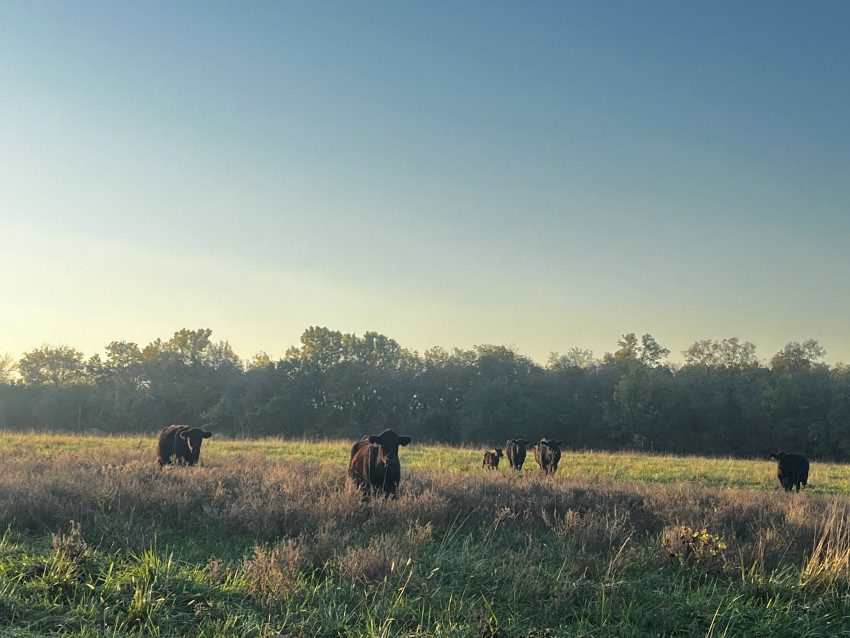 Honestly, having that functionality would save me so much time while checking pastures for new calves. I wouldn’t have to drive around looking for cows that are due soon, because the entire area would be only cows that hadn’t calved! The pasture we use for calving is more than 160 acres and being able to split that into two areas would be so beneficial.
Honestly, having that functionality would save me so much time while checking pastures for new calves. I wouldn’t have to drive around looking for cows that are due soon, because the entire area would be only cows that hadn’t calved! The pasture we use for calving is more than 160 acres and being able to split that into two areas would be so beneficial.
Another benefit is the ability to monitor where cattle are spending most of their time grazing. Are they preferentially grazing native grasses or a cool season forage like fescue? Are the areas they spend less time in overridden with weeds? From a grazing management and sustainability standpoint, there’s a lot of value in those answers.
Last, but most definitely not least, how much time could farmers and ranchers save by not building and repairing fence all the time? Do I think I would rip out my perimeter fences if we started employing a virtual fencing program? No, definitely not, but I would feel much more confident in some of the sketchier fenced areas of our pastures and know I would have more time to get them fixed.
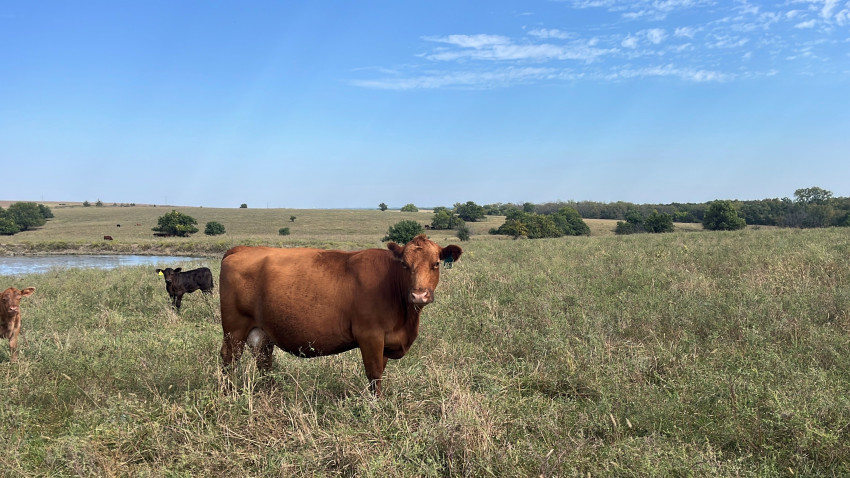 Overall, the many potential benefits of a virtual fencing program have me researching the many different companies which offer the service and adding a system to my Christmas list. Stay tuned to see what comes from my cattle fencing curiosity!
Overall, the many potential benefits of a virtual fencing program have me researching the many different companies which offer the service and adding a system to my Christmas list. Stay tuned to see what comes from my cattle fencing curiosity!

